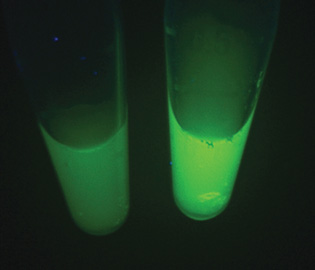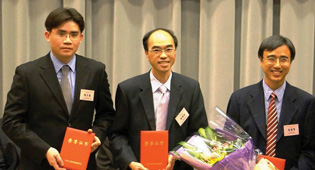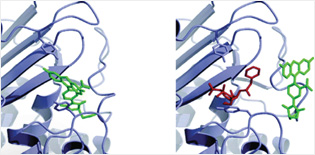Consider a woman who cannot fully recover from an illness after taking prescription medicine for a considerable time. She has been diagnosed as "antibiotic-resistant". She doubts the diagnosis as she rarely takes antibiotics, even when sick. However, an investigation of her diet shows that the antibiotic-resistance has been caused by her daily intake of food that contains beta-lactam antibiotics, also known as antibiotic residue. This is not an isolated case – it is a continuing threat to human health.
Antibiotics are commonly used in livestock to improve growth and feeding efficiency or to synchronize or control the reproductive cycle and breeding performance. Unwittingly, people take in antibiotic residue such as penicillin and cephalosporin from poultry, meat and other food. Antibiotic abuse and resistance has thus become an increasingly important concern all over the world, and the fast detection of antibiotics in food is of prime importance to public health. Now, an award-winning PolyU project has made a breakthrough in this area.
Prof. Wong Kwok-yin, Dean of the Faculty of Applied Science and Textiles, Prof. Thomas Leung Yun-chung from the Department of Applied Biology and Chemical Technology, and Dr Chan Pak-ho, Associate Director of PolyU's Food Safety and Technology Research Centre, have jointly developed an easy-to-operate biosensor for detecting beta-lactam antibiotics and beta-lactamase inhibitors.
Using probing technology, the biosensor is based on enzymes from pathogenic bacteria. The researchers attached an environmentally sensitive fluorescent molecule to the enzyme that is sensitive to antibiotic concentration as low as 10 nM in water. When beta-lactam antibiotics and beta-lactamase inhibitors exist in food samples, the probe fluoresces. This technology also allows the fine-tuning of fluorescence colours for different purposes.
With a low production cost, the biosensor can be broadly applied to detecting antibiotics not only in food samples but also in blood samples and for high-throughput drug screening to discover new antibiotic components more rapidly and cost-effectively.
This innovation won a Second-Class Award in the "Natural Science category of the Ministry of Education's Higher Education Outstanding Scientific Research Output Awards (Science and Technology)" 2013. ♦



